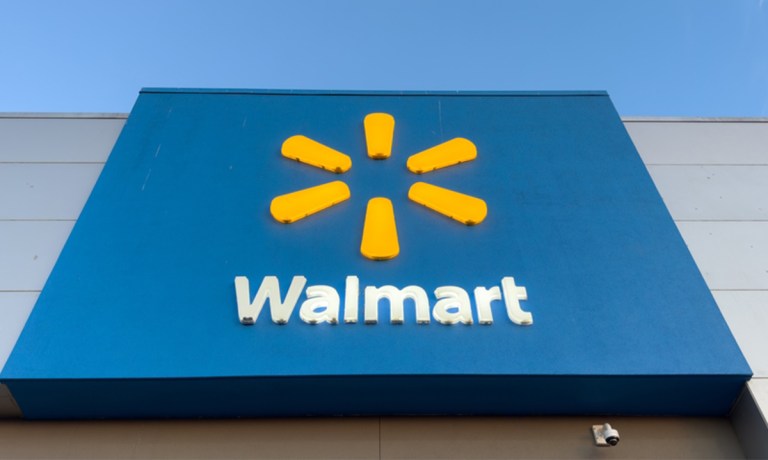
Inflation remains top of mind for small business owners grappling with margin pressure.
Ashley Hubka, senior vice president and general manager of Walmart Business, told PYMNTS in a recent interview that there’s also increased focus on the part of small and midsized businesses (SMBs) and nonprofits to navigate the uncertain macroeconomic environment.
Business owners and executives seem to take control where they can over rising prices, where the cost of everything from coffee to Band-Aids to safety equipment on the factory floor — the cost to keep the company stocked and running, so to speak, as work from home gives way to hybrid business models — has gotten more expensive.
According to Hubka, simply raising prices is a strategy with only so much leeway before there’s pushback from end customers. There are other levers to pull. Hubka noted that, as a general trend, Walmart has seen a pivot on the part of business customers (mirrored by consumers, too) toward private label brands.
But many smaller businesses also recognize the need to more closely track and trim operational costs — including what they spend on supplies, who’s doing the spending — and when. That sounds relatively easy in concept but remains a challenge in practice. Most firms don’t have dedicated procurement officers in place, and the far-flung nature of most workforces renders it a challenge to have up-to-the-minute visibility into spend management. Monthly credit statements have a lagging effect when tracking a company’s outbound cash flows.
In response, having debuted roughly a year ago, Walmart Business, which Hubka described as “an analogue” of Walmart itself — has been adding new features, including spend analytics in a way that democratizes those processes and services and gives smaller organizations the same insight that typically is a hallmark of their larger brethren. It’s a new tool that lets Walmart Business+ users track their organizational spending granularly — by user, top categories, and items purchased. The analytics, said Hubka, bolster the Walmart Business goal to offer an “omnichannel retail experience” for SMB and nonprofit customers spanning both online and brick-and-mortar conduits.
As such, she said, the focus has been on a trio of needs for these smaller firms, regardless of vertical, geographic focus or size: The need to save money while simplifying their purchasing processes.
Business managers, she added, “want to stay in control — and they want to stay in stock” as they improve their operational efficiencies.
The real-time data, she told PYMNTS, means that decision-makers with an organizational Walmart Business account and several users sharing a payment credential can “reach more quickly, and manage more actively…. this is about how we serve you in your office, your break room, your restroom, your facility,” with the items that are specific to a given profession, industry sector and vertical. Walmart Business, she added, also provides an additional opportunity for Walmart marketplace sellers to bring their assortment that’s business and organization-specific to market — and boost the range of items on offer to Walmart Business customers, too.
Asked by PYMNTS which categories are most in demand, Hubka said that food and consumables, in general, “have been very strong,” as have paper towels and cleaning supplies, electronics and office supplies. The subscription model on offer to all Walmart Business customers allows for many of those items to be replenished consistently. The subscriptions, she said, can be pushed out or paused as situations warrant (the multi-user accounts, she said, prove especially advantageous in a hybrid work environment).
The positive ripple effect, said Hubka, is that better spend management translates into more robust cash flow.
Looking ahead, she told PYMNTS that businesses will continue to embrace omnichannel options — such as curbside pickup or deliveries — that they’ve gotten used to as consumers. And in the fall, she said, the company will seek to introduce the ability to impose spending limits and approval flows that can be tailored to be account or buyer-specific.
“If you’re a small business and suddenly you’re able to have a real time view of spending across your organization — today and not at the end of the month,” said Hubka, “it equips small business owners with tools and information, and synthesized data, that’s meaningful so they can manage their budgets and make better ‘buying policy’ decisions.”
For all PYMNTS B2B coverage, subscribe to the daily B2B Newsletter.